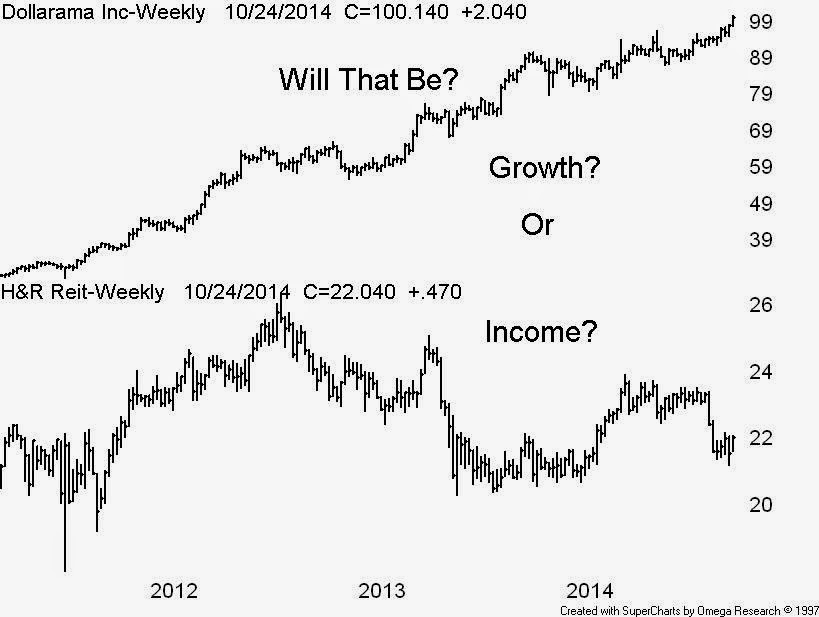We
at Getting Technical use the long term (monthly data) and intermediate term
(weekly data) sector momentum tables to track the rotation of various stock
sectors. Often a sector will display strength on the monthly tables and conversely
display weakness on the weekly tables - a condition that can mute the longer
term trend. The ideal condition is for a sector to display strength – or a high
rank on both the monthly and weekly tables. Currently the technology sector is
printing a high rank in both the weekly and monthly Canadian and U.S. sector
momentum tables.
In
Canada
the go-to proxy for the technology sector is the iShares S&P/TSX Capped
Information Technology Index ETF (XIT) which replicates the performance of the
S&P/TSX Capped Information Technology Index, net of expenses. The index is
comprised of constituents of the S&P/TSX Composite Index in GICS Sector 45
– and the constituents are capped at a 25% weight.
The
top five holdings by weight are: CGI Group Inc (GIB/A) 24.64%, Open Text Corporation
(OTC) 19.78%, Blackberry Ltd (BB) 15.04%, Constellation Software Inc (CSU) 15.00%
and DH Corp (DH) 7.21% to total almost 82% of the sector by weight. A technical
study on one component – Blackberry (TSX-BB) suggests the downside may be
limited based on long term monthly data – and the two large triangles – the bearish
descending triangle of 2008 – 2011 and the current possible reversal symmetrical
triangle. Note the money flow numbers suggest exhaustion on the buy and the
sell side.









